Brachy means “short.” Cephalic means “head.” A brachycephalic dog has a shortened skull, giving its nose a smushed-in appearance and often creating an exaggeratedly wide, flat face.
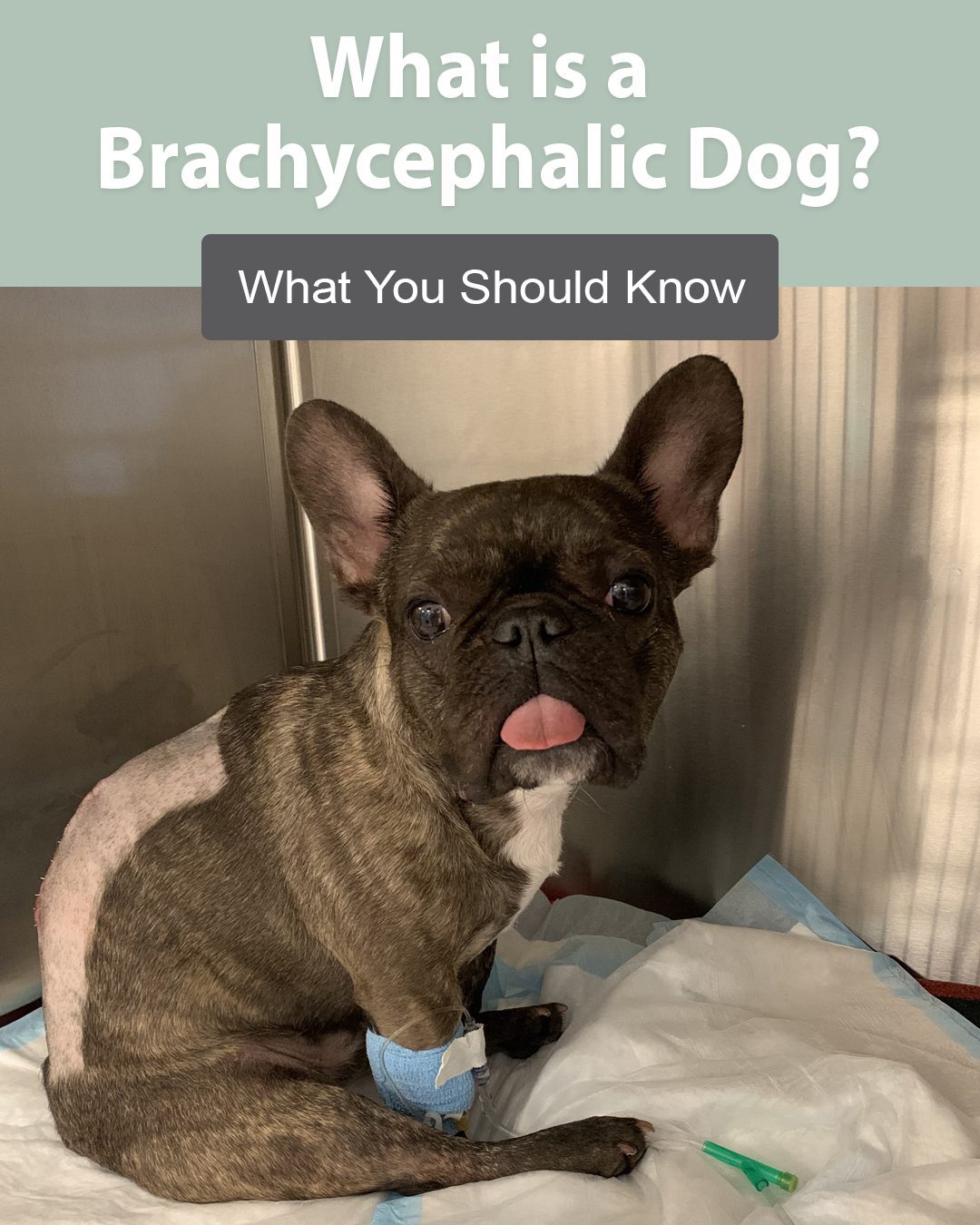
Unfortunately, these adorable faces come at a cost – and not just the price tag from the breeder. The same irresistible features that attract us to brachycephalic dogs can also cause an array of health problems. But that doesn’t stop them from being some of the most popular dogs in the U.S., year after year.
Brachycephalic Dog Breeds
There is actually no definitive list of brachycephalic dog breeds. This is partly because there is variation in what is considered brachycephaly, as brachycephalic craniofacial proportions have not been defined. Furthermore, brachycephaly is not limited to purebreds; mixed-breed dogs can also inherit this head shape.
Common brachycephalic dog breeds include:
- French Bulldogs
- English Bulldogs
- Pugs
- Boston Terriers
- Brussels Griffon
- Cavalier King Charles Spaniels
- Pekingese
- Shih Tzus
- Boxers
- Bullmastiff
- Chow Chow
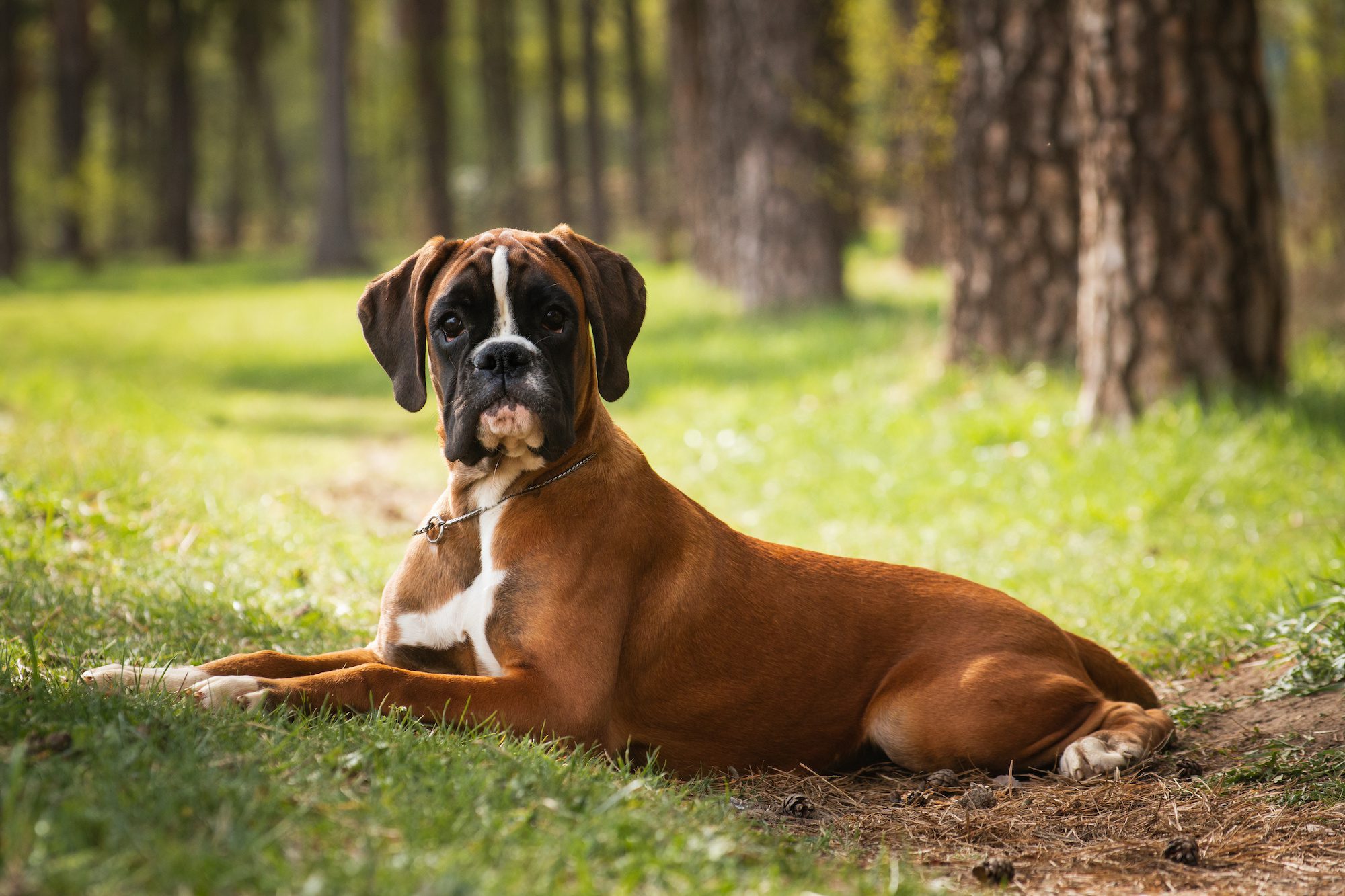
Why Are Brachycephalic Dog Breeds So Popular?
It is said that brachycephalic dogs have great personalities; they are full of character, affectionate, and they form strong bonds with their owners. But so do dogs with longer noses. So why the obsession?
While the original purpose of breeding for a short nose is up for debate, its popularity continues because it’s cute, whether ideal for canine quality of life or not. Apparently, the distinctive facial characteristics of brachycephalic dogs remind us of human babies! Their rounded heads, flattened muzzles, and big eyes trigger the same attraction and nurture response in us that human infants do.
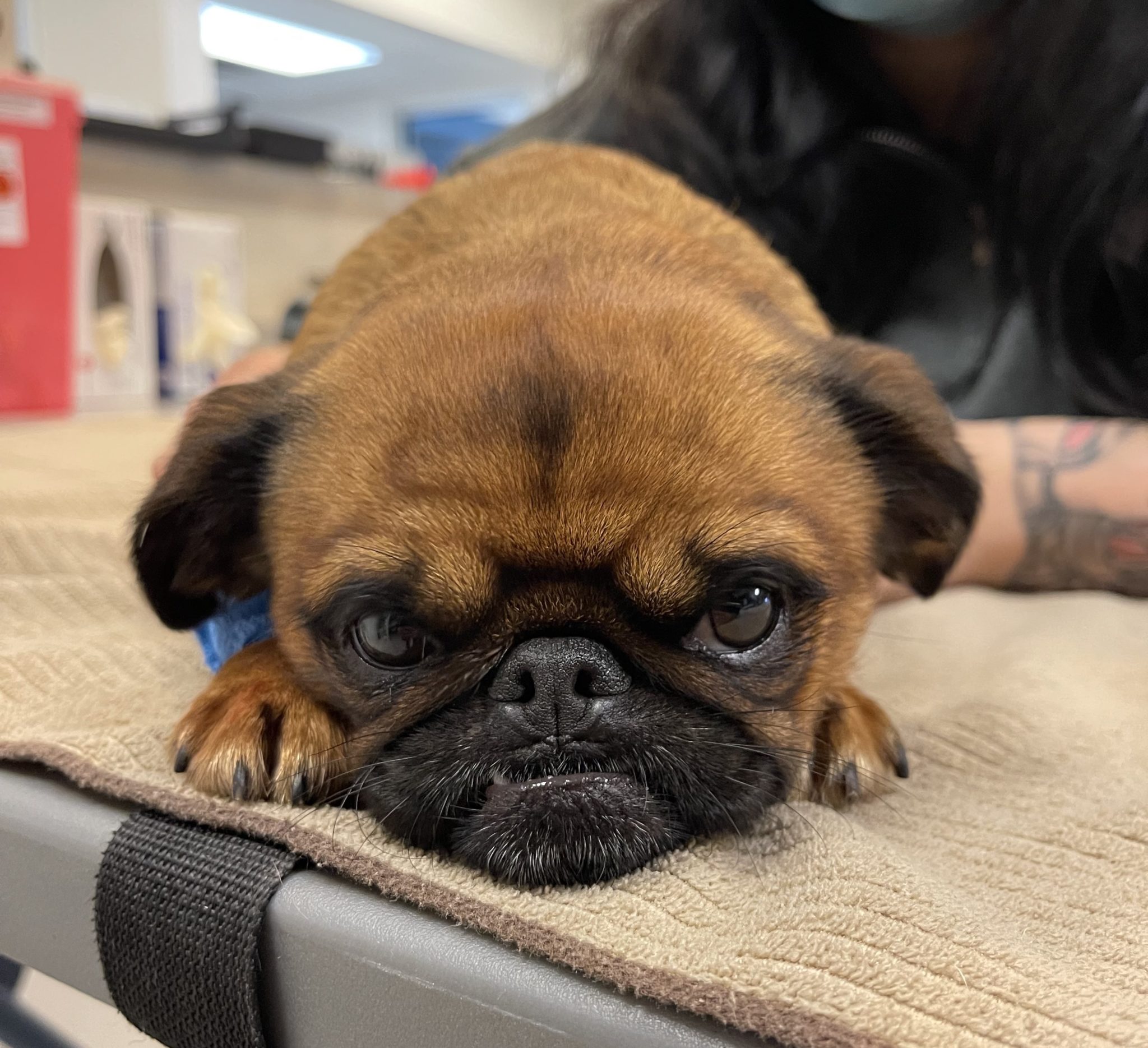
What Should You Know about the Brachycephalic Dog?
Brachycephalic dogs can be challenging (and expensive!) to care for. They can suffer from numerous health issues, including respiratory, eye, skin, ear, reproductive, dental, and spinal problems, as well as heat and exercise intolerance.
Breathing Problems in Brachycephalic Dogs
Although brachycephalic dogs are at risk for a variety of health issues, their inability to breathe normally is the greatest threat to their well-being.
Common abnormalities in brachycephalic dogs that lead to difficulty breathing:
- Elongated Soft Palate: Tissue between the mouth and nose cavities that is too long, obstructing airflow
- Stenotic Nares: Nostrils that are too narrow, making it difficult to breathe through the nose
- Everted Laryngeal Saccules: Tissue within the airway gets pulled into the trachea, obstructing airflow
- Tracheal Stenosis: When the trachea is too narrow, making it difficult to pant
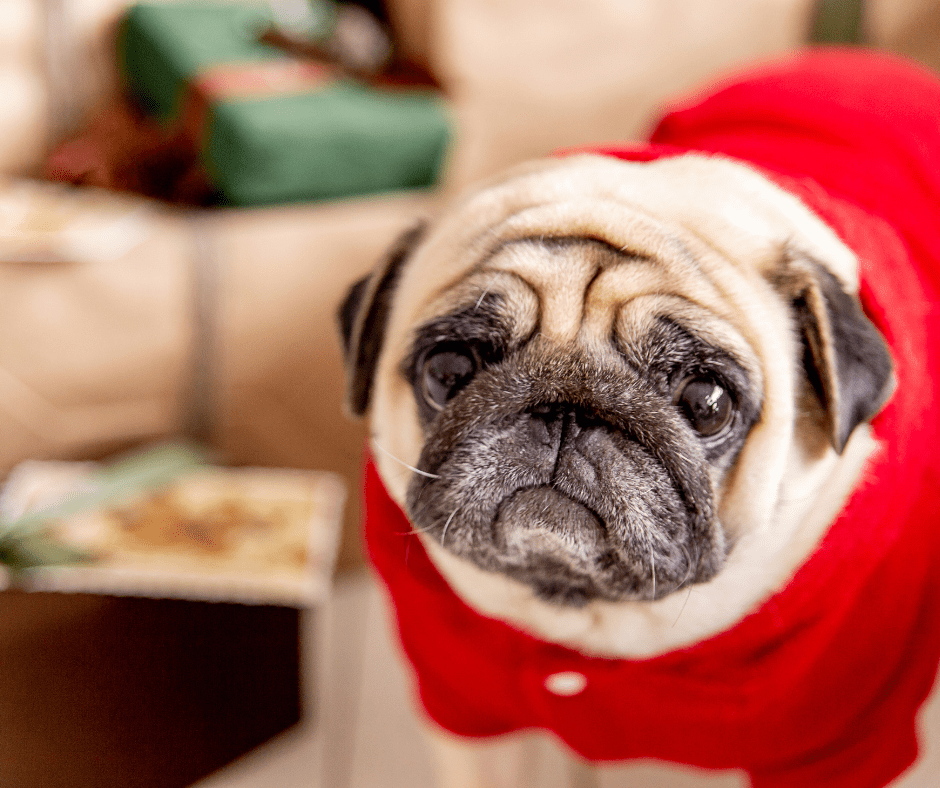
Symptoms of breathing abnormalities:
- Snoring or snorting
- Heavy or noisy breathing or wheezing
- Open-mouthed breathing
- Tiring or fainting during exercise
- Extending head and neck while sitting to open airway
- Retching or gagging
These common features and behaviors of brachycephalic dogs may seem normal and harmless, but they actually indicate airway obstruction. Brachycephalic obstructive airway syndrome (BOAS) is a condition caused by one or more of these abnormalities, which can become worse over time and may require surgical intervention.
Heat and Exercise Intolerance in Brachycephalic Dogs
Because of the unique shape of their airways, brachycephalic dogs struggle to get enough air when panting to cool down in hot weather. For this reason, they require special considerations when it comes to exercise. Heatstroke is a major concern for brachycephalic dog breeds.
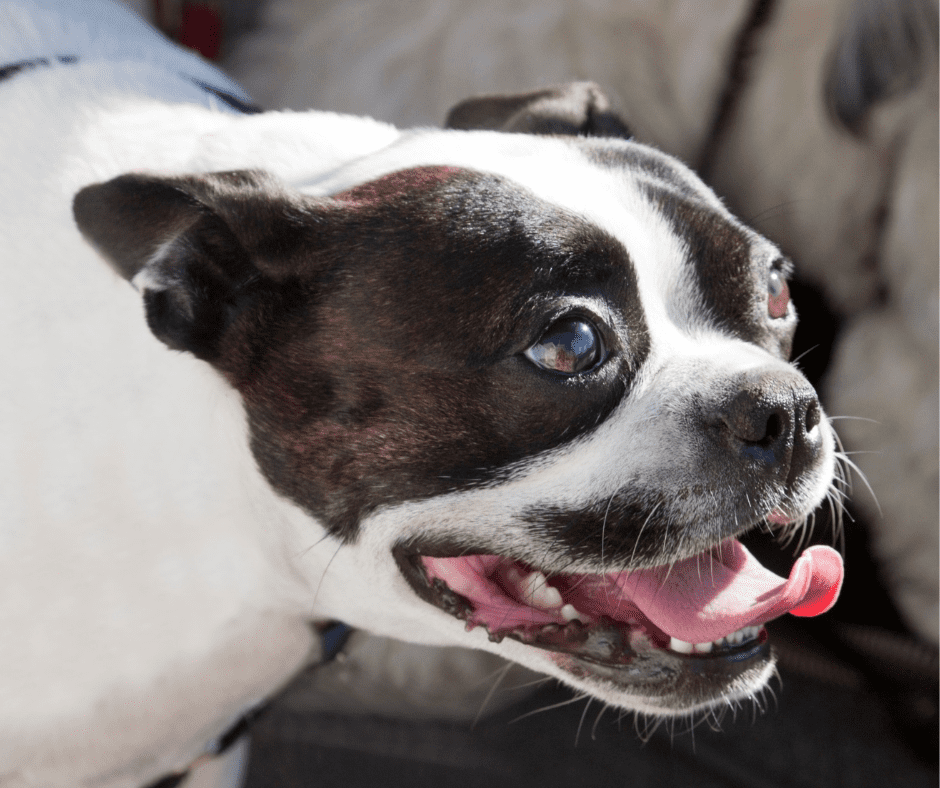
Symptoms of heatstroke:
- Excessive Panting
- Drooling
- Vomiting/Bloody Diarrhea
- Loss of Coordination
- Collapse
- Loss of Consciousness
- Seizures
Eye Problems in Brachycephalic Dogs
A brachycephalic skull also results in eye sockets that are too shallow, responsible for those signature bulging eyes. Even though their eyes look bigger and rounder, they are not. They are actually normal size; they just don’t fit into their sockets. This can lead to eye issues, collectively known as brachycephalic ocular syndrome.
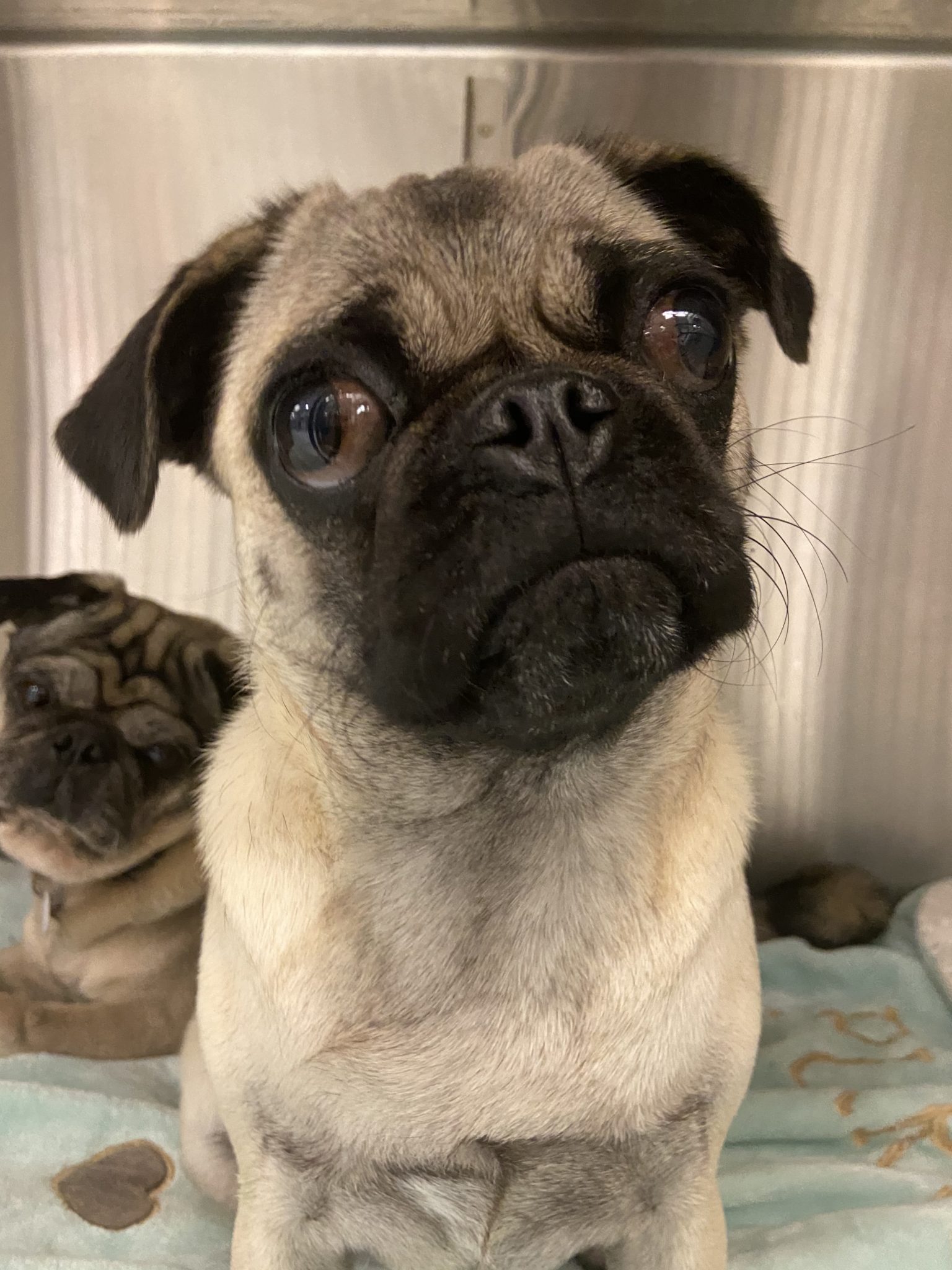
Possible eye problems in brachycephalic dogs:
- Infections
- Corneal Ulcers: Open eye sores on the cornea
- Lagophthalmia: Inability to close the eyelids, leading to corneal drying, infections, abrasions, and ulceration
- Eye proptosis: When the eyeball becomes displaced from the eye socket
- Trichiasis: Eyelashes grow inward, causing irritation, discomfort, and possibly permanent damage or vision loss
Skin Problems in Brachycephalic Dogs
Brachycephalic dogs tend to have skin folds around the face, and sometimes the body and base of the tail, creating the perfect environment for fungi and bacteria to flourish and cause discomfort. Recurring infection can lead to a poor quality of life.

Ear Problems in Brachycephalic Dogs
Brachycephalic dog ears are another perfect environment for fungi and bacteria to grow due to narrow ear canals that do not allow for sufficient air flow. Chronic ear infections can be painful, difficult to treat, and lead to a poor quality of life.
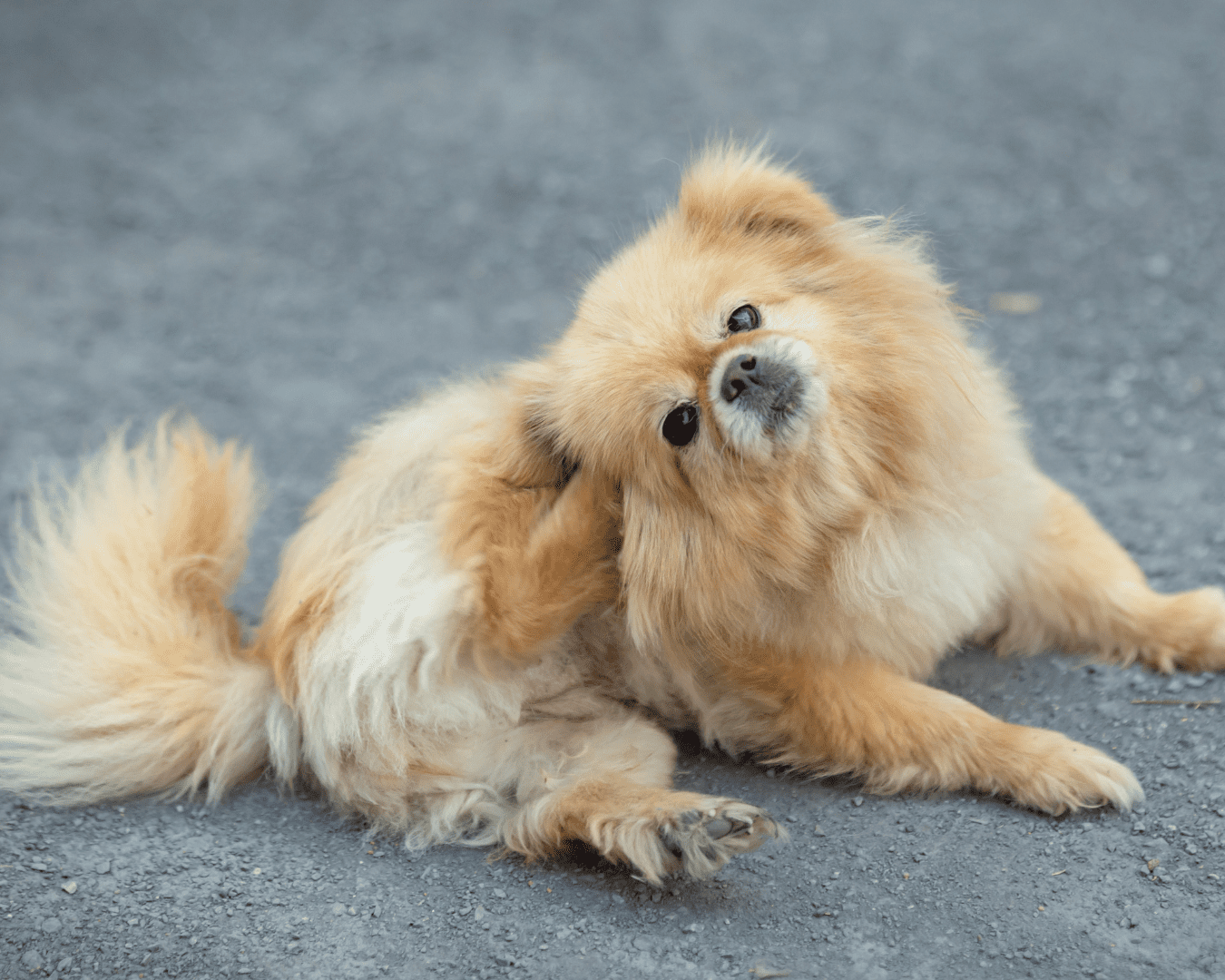
Dental Problems in Brachycephalic Dogs
While brachycephalic dogs have the same number of teeth as other dogs, they have less space to fit them. They also have bottom jaws that are longer than their upper jaws. Overcrowded teeth and a misaligned jaw line can result in painful dental disease and difficulty eating.
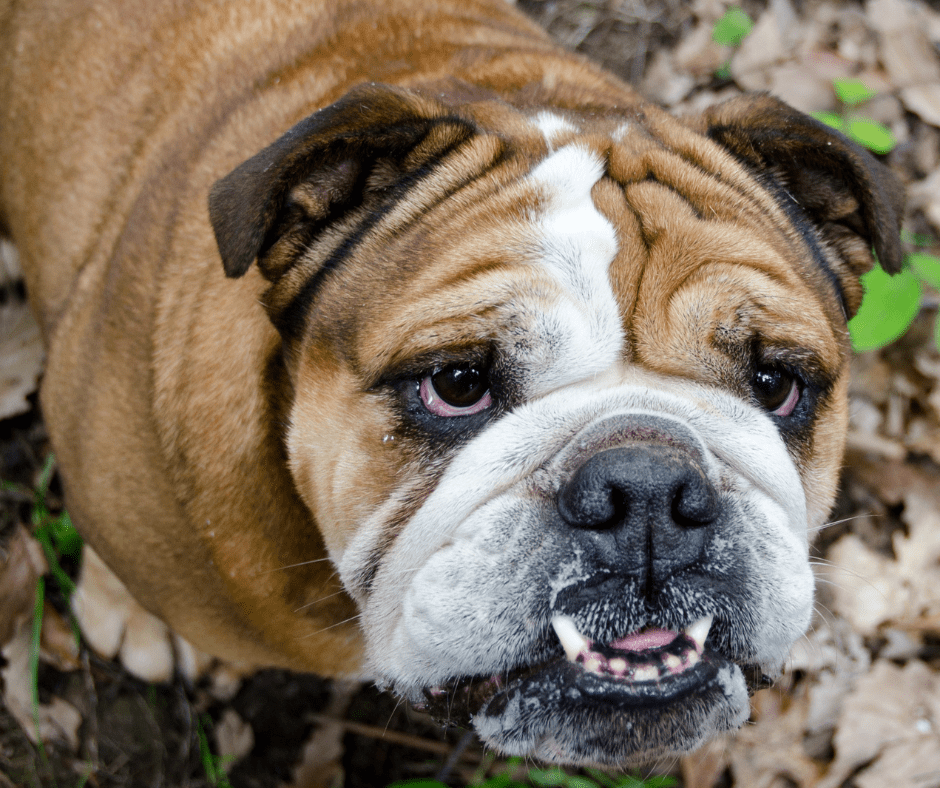
Birthing Problems in Brachycephalic Dogs
Many brachycephalic dog breeds have difficulty giving birth because the puppies’ heads are too big for the mother’s birth canal. Some mothers also have trouble breathing during the physical exertion of birthing. In fact, over 80% of French bulldogs in the US are delivered via C-section.

Spinal Problems in Brachycephalic Dogs
Some brachycephalic breeds, including the English bulldog, French bulldog, Boston terrier, and pug, have a tail malformation, known as a screw tail.
“These dogs are highly likely to have additional spinal deformities, which can cause serious neurological problems, leading to pain and inability to move normally,” points out Dr. Christopher Adams, neurology resident at Southeast Veterinary Neurology.
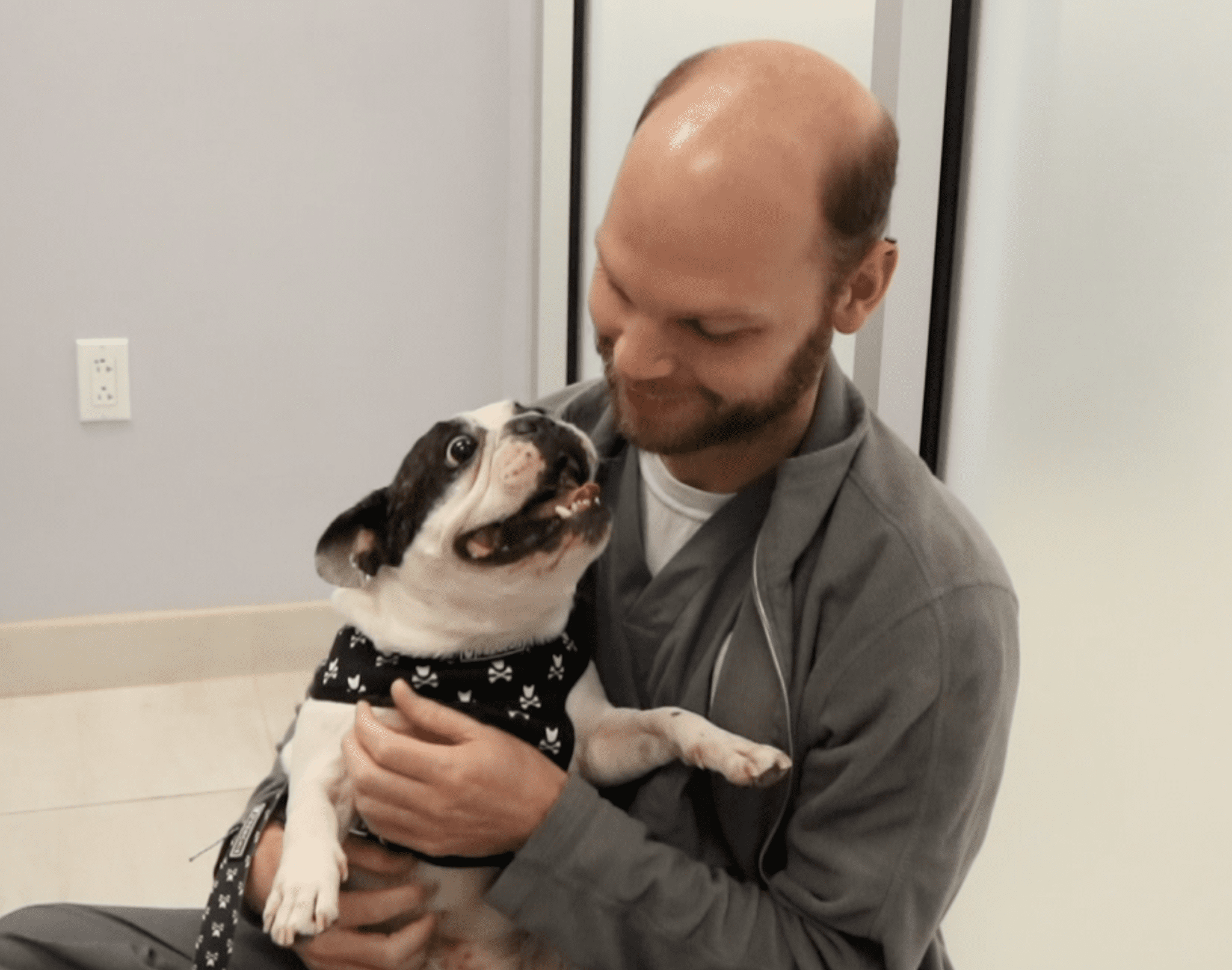
Common symptoms of a spinal cord problem include:
- Holding head low
- Screaming in pain
- Incoordination
- Muscle spasms
- Scuffing toes
- Weakness and wobbliness in limbs
- Dragging limbs
- Inability to walk
- Limp tail
- Urinary or fecal incontinence
Trust Southeast Veterinary Neurology with Your Brachycephalic Dog
“While these dogs are cute and characterful, many will struggle with serious health problems, potentially affecting both quality and quantity of life,” Dr. Adams reminds us. “But if you can’t resist a squishy face, please make sure you are emotionally and financially prepared for the possibility of ongoing medical needs.”
Brachycephalic breeds are some of today’s most popular picks, and ones that Southeast Veterinary Neurology commonly sees across our practices in Miami, Boynton Beach, Jupiter and Virginia Beach, VA. If you think your brachycephalic dog might have a neurological problem, contact us today.
Posted in Brachycephaly
